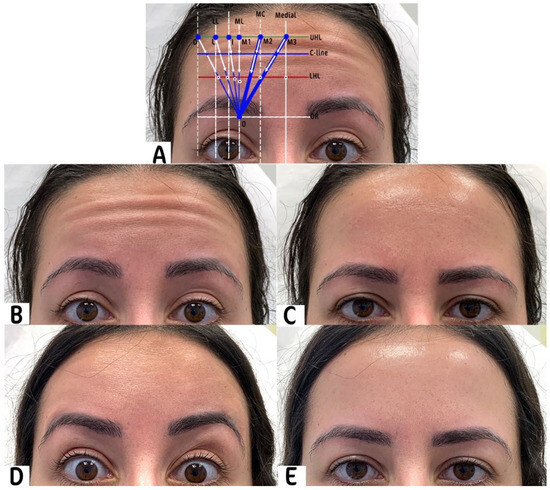
The lines form from years of raising eyebrows and reacting without thinking
You squint. You frown. You lift your brows without meaning to. It happens all day. Every day. And over time, the skin remembers. Horizontal lines show up across the forehead. First soft. Then deeper. They don’t go away when your face rests.
That’s where Botox comes in. It doesn’t fill the lines. It quiets the movement that causes them. It tells the muscles beneath to pause. Not to paralyze. Just to stop repeating the motion that created the crease.
And for most people, that’s enough to make the difference clear.
You won’t see change immediately—but the shift starts within days
The first few days feel like nothing. Then one morning, your forehead doesn’t move the same. You try to lift your brows. The effort is there—but the skin stays still. The lines don’t fold as sharply. Some don’t fold at all.
By day 7 to 14, the full effect shows. The forehead looks smoother. Softer. More relaxed. And not in a way that feels artificial—just rested. The kind of difference that makes people say you look well, not different.
It works. But it does it quietly.
It works best when the lines are still dynamic—not etched in
If your lines appear only when you move your face, Botox can stop them from deepening. It’s a preventative tool as much as a corrective one. When used early, it teaches the skin to stop folding. That’s how it slows the aging process.
But if the lines are already visible at rest—etched in from years of motion—Botox may soften them. Not erase. You may still see the outline. But it becomes lighter. Shallower. Less stubborn.
And sometimes, that subtle change makes the biggest difference.
It targets the frontalis muscle—but balance is everything
The frontalis muscle lifts your eyebrows. It creates those horizontal lines. Botox relaxes it. But if it’s overdone, the brows can drop. The eyelids can feel heavy. That’s why dosing and placement matter.
A skilled injector knows how much to use. How to keep expression. How to avoid that frozen look. They might leave the outer forehead untouched—to preserve lift. Or adjust based on your natural arch.
Botox isn’t just product—it’s precision.
The results usually last around three to four months
For some, it’s longer. For others, a bit less. The forehead is a high-motion area. You use it constantly—sometimes without noticing. Over time, with consistent treatment, the muscles weaken. They move less. The lines stop returning as deeply.
If you let Botox fully wear off between sessions, the muscles regain strength. The lines can start to deepen again. That’s why regular maintenance leads to the smoothest results.
Think of it as rhythm—not reaction.
It doesn’t change the rest of your face unless you want it to
Some people fear treating the forehead will change their whole expression. But Botox works locally. If you only treat the forehead, only that area relaxes. You can still smile. Still raise your cheeks. Still show emotion.
You can choose to treat the glabella (between the brows) too, for a more even result. But it’s optional. Not required. Your injector will help decide what fits your face, your goals, and your comfort.
Subtle changes often feel the most natural.
It won’t make things worse if you stop
If you get Botox once and never again, your forehead won’t collapse. The lines won’t suddenly deepen. They’ll just return to how they were before. Gradually. Normally. Botox doesn’t stretch the skin. It doesn’t damage muscle. It just creates a pause.
You can restart later. Or never do it again. There’s no rebound effect. Just your face returning to its own rhythm.
That’s part of what makes it low-risk.
When done well, people won’t know—it just looks like you slept well
Good Botox doesn’t advertise itself. It doesn’t scream “treated.” It just quiets the lines that used to interrupt your expression. You look rested. Less tense. More open. People may notice you look different—but not sure why.
The goal isn’t to freeze your face. It’s to give your skin a break. A chance to relax. A chance to smooth out, without makeup, without filters, without effort.
And for many, that’s more than worth it.
